In Italy, they add work and life on to food and wine – Robin Leach
It seems somehow fitting and oddly appropriate that the Sicilian town of Marsala is most well known for the fortified wine that’s produced in the region surrounding it.
Marsala, which was named to honor the town in which it’s produced, was granted a PDO (Protected Designation of Origin) by the European Union, which means that while other wines might try to imitate and copy this full-bodied, complex beverage, unless they’re made within the borders of the Sicilian town, legally they can’t call themselves Marsala.
A Quick History Lesson
While the exact origins of Masala are shrouded in local myth and legend, the wine was first introduced to the rest of the world by John Woodhouse, an English trader, in the eary 1700s, after he landed in city of Marsala in Sicily and discovered it while engaged in a trading venture.
Having partaken of the drink while in Marsala, he recognized that it shared the same characteristics as the Portuguese fortified wines that were incredibly popular in England at the time, and that traveling in the barrels in which it was stored and aged would only add to, and increase the wine’s alcohol rich flavor.
Woodhouse was right, and after returning to Sicily began to increase the production of the wine to satisfy the demand for it and satiate the rabid thirst of its newfound devotees of fortified wine.
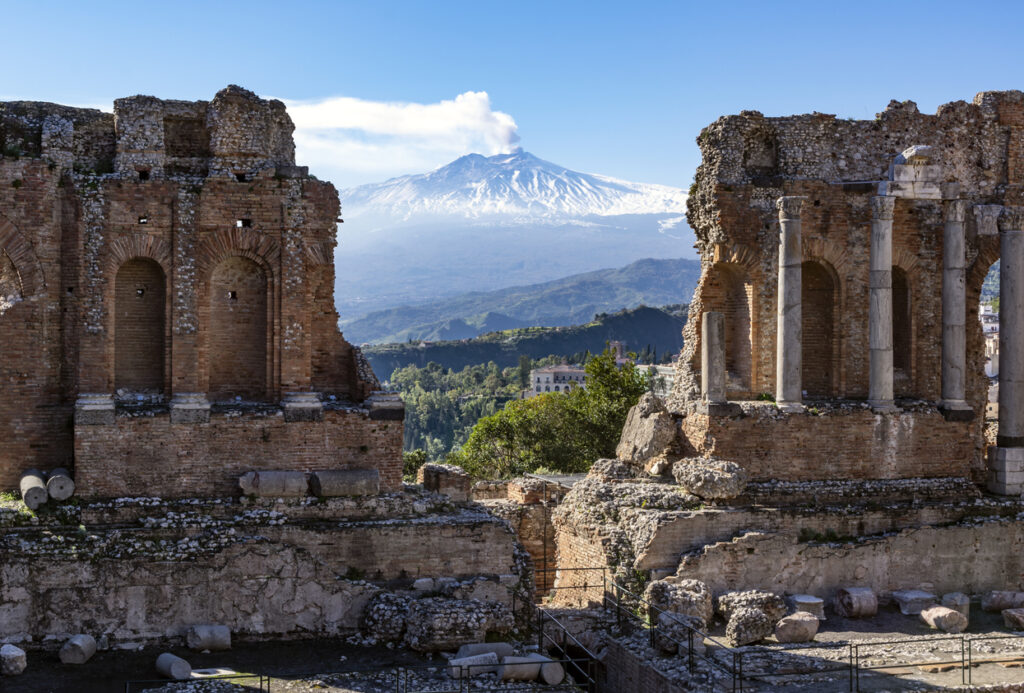
England however wasn’t the only country that became enamored by Marasal fortified wine and in the opening decade of the nineteenth century, Benjamin Ingham began to export Marsala to other European nations and the country where it would eventually become part of everyday life, America.
Nothing stays hidden forever, and while it may have belonged exclusively to the Sicilians before John Woodhouse made his way to their most famous city, Marsala now belongs to the world. And more than two hundred years after it made its way to American shores, this remarkable fortified wine from a small town in Sicily is more popular, and in greater demand than it has ever been.
What Is Marsala?
We’ve already mentioned that Marsala is a fortified wine, which means that it’s had its potency increased after being mixed with a distilled spirit.
In Marsala’s case, that spirit is brandy, which helps to boost the wine that’s made exclusively from Grillo, Inzolia, Catarratto, Damaschino, Perricone, and Nerello Mascalese grapes grown in, and around the region of Sicily that it comes from, to a slightly higher than normal (for wine anyway) alcohol content.
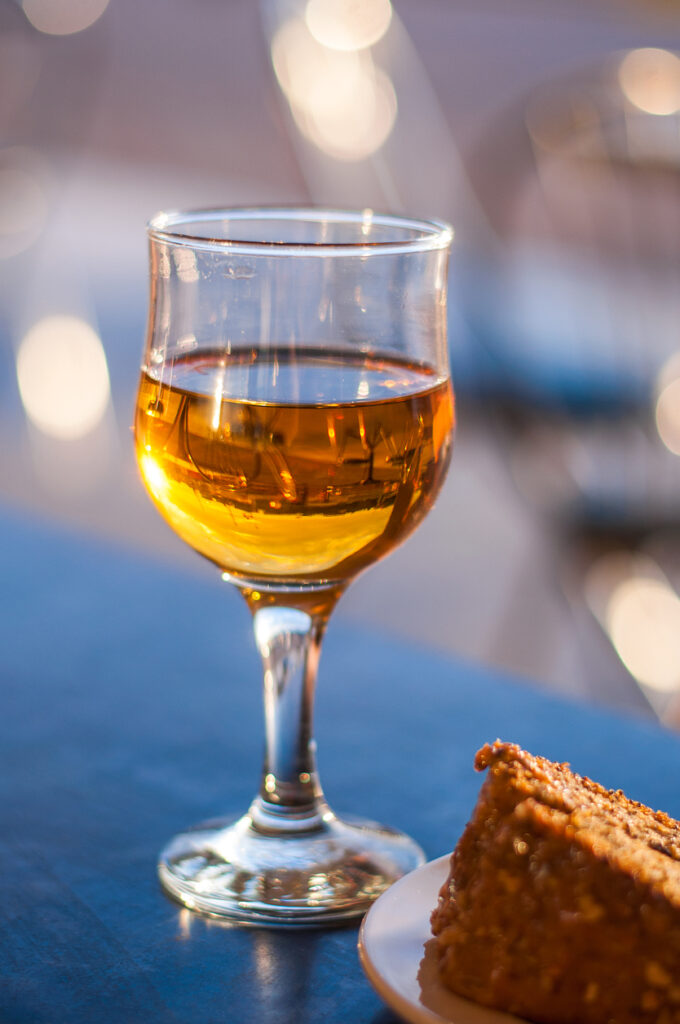
Most Marsala’s, depending on type and variety, have an ABV (alcohol by volume) content of between fifteen and twenty percent, which means that it isn’t a drink to be taken lightly.
Marsala isn’t an easy wine to classify or pigeonhole, as there are a number of different varieties whose flavor and taste depend entirely on the color of the wine, how long it’s been aged for and its sweetness.
As we said earlier, Marsala is a complex, and unique wine that is governed by a strict set of rules, that are entirely reliant on the same three factors that imbue it with its multitude of different flavors.
So Is Marsala A Red Wine Or Is It A White Wine?
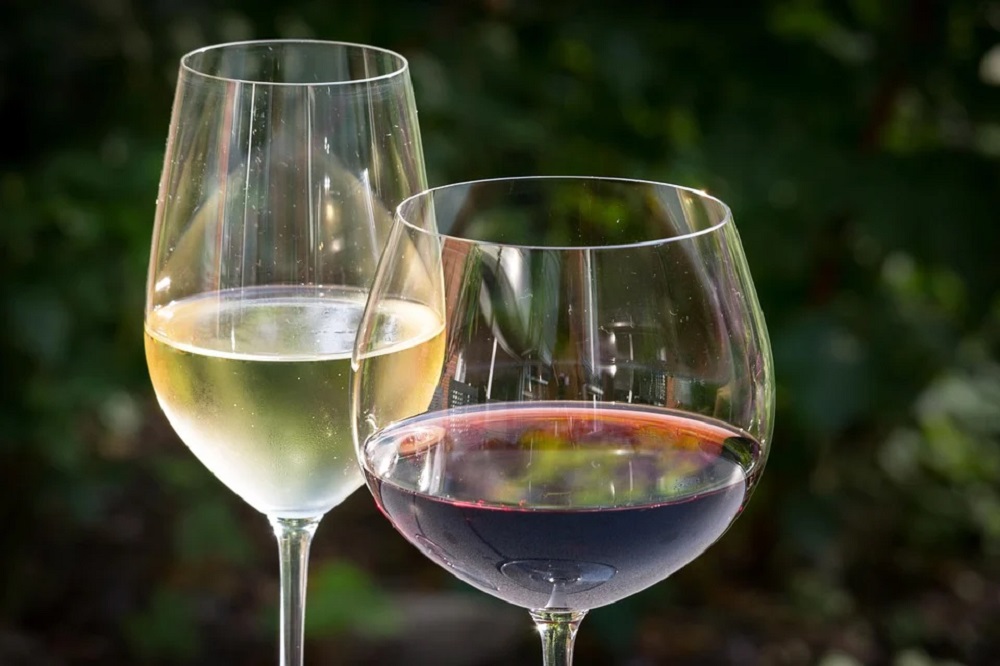
There isn’t a straightforward answer to this question, or more accurately there isn’t one that would place Marsala wine in either one camp or the other.
Why? Because Marsala is both red and white wine, the color of which is determined by the grapes that are used to make it. If the Marsala wine is fermented from Grillo, Inzolia, Catarratto, or Damaschino grapes, then it’s usually classified as white wine, but if it’s produced using Perricone or Nereelo Mascalaese grapes, it’s red wine.
You’re probably focusing on our use of the word “usually” when we were talking about white Marsala wine, and you should do.
Marsala isn’t quite as straightforward and simple as other wines, as there’s another variety, Ambra which while essentially a white wine, has an amber appearance thanks to the addition of the sweetener made from the skin of the grapes used during the fermentation process, mosto cotto (or saba as it’s more commonly known in winemaking circles), which gives the normally white Marsala wine an amber sheen.
So is Marsala a red wine or is Marsala a white wine? It’s both and trying to find a definitive way to push it in either color direction is impossible, as the wine refuses to be pigeonholed by anything as simple as color.
Is There Anything Else I Should Know About Marsala?
Actually, there is. Unlike most wines that are classified by their color, Marsala wine as well as being known for its three distinct shades Oro (Golden or white), Ambra (Amber), and Rubino (Red), all of which grant it distinct and different flavors, is also grouped according to its level of sweetness and the amount of time that it has been aged and left to mature for.
Dryness of Marsala
There are three levels of sweetness that Marsala is categorized by, secco (which contains less than forty grams of residual sugar per liter), semisecco (which contains anything from forty-one to one hundred grams of residual sugar per liter), and sweet (which applies to any Marsala wine that contains over one hundred grams of residual sugar per liter). Obviously, the higher the sugar content of the wine, the sweeter it is.
And, just when you thought that Marsala wine couldn’t get any more complicated, the age of the wine gets added to the equation.
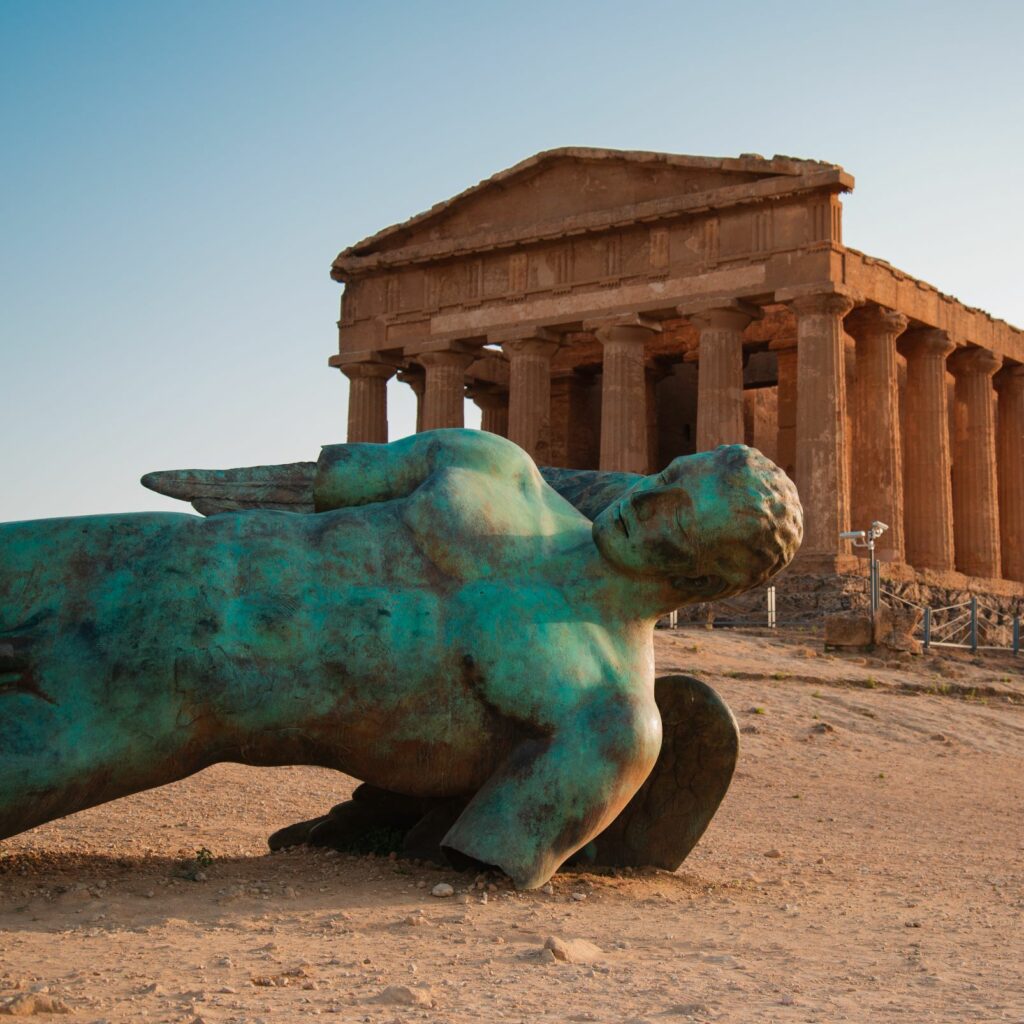
Marsala is usually separated into five different levels of maturity, Fine (which means that the wine has been aged for a year), Superiore (which applies to any Marsala that has been aged for two years), Superiore Riserva (a term used to describe any Marsala that has been aged for at least four years), Vergine (used to describe any Marsala that has been allowed for five years or more) and Soleras Stravecchio (which is applied to any Marsala that is over ten years of age).
It is, as you’ve probably already surmised, an infinitely complicated and incredibly versatile wine, and the only way to ensure that you become intimately familiar with all the wonderful flavors that it has to offer is by sampling and tasting as many of its different varieties as you possibly can.
There’s a world of Marsala wine just waiting for you, it’s about time that you started to explore it.
Cooking with Marsala Wine
Cooking with Marsala wine adds a depth of flavor to dishes that is both rich and complex. When making Chicken Marsala, the marsala cooking wine infuses the sauce with a unique sweetness and nuttiness that complements the savory flavors of the chicken marsala perfectly. The acidity in the wine also helps to tenderize the meat, resulting in a dish that is not only delicious but also remarkably tender.
Beyond savory dishes like chicken marsala, Marsala wine can be used to elevate desserts as well. By reducing the wine with sugar, it creates a luxurious syrup that can be drizzled over ice cream or fruit for a sophisticated dessert option. The caramel notes in Marsala wine add warmth and depth to sweet treats, creating a delightful balance of flavors that will impress even the most discerning guests at your table. Whether you’re using it in a main course or dessert, cooking with Marsala wine opens up a world of culinary possibilities that are sure to delight your palate.
Which Marsala wine is best for Chicken Marsala?
Finding the best Marsala wine for Chicken Marsala can truly elevate this classic dish to new heights. For a perfectly balanced flavor, consider using a dry Marsala wine. This type of Marsala brings a subtle sweetness to the dish without overpowering the savory flavors of the chicken and mushrooms. The dryness adds complexity and depth, creating a harmonious marriage of tastes that will surely impress your taste buds.
On the other hand, opting for a sweet Marsala wine can add a rich, decadent touch to your Chicken Marsala. The sweetness in this variety enhances the caramelization process when cooking, resulting in a luscious sauce with luxurious undertones that will leave you craving for more. Experimenting with different types of Marsala wines can unlock various flavor profiles, allowing you to customize your Chicken Marsala according to your preferences and culinary adventurous spirit.
What is Chicken Marsala?
The key to a perfect chicken marsala lies in the rich sauce made with Marsala wine, mushrooms, and chicken stock. This trio of flavors creates a symphony on your taste buds, perfectly complementing the juicy chicken for your chicken marsala.
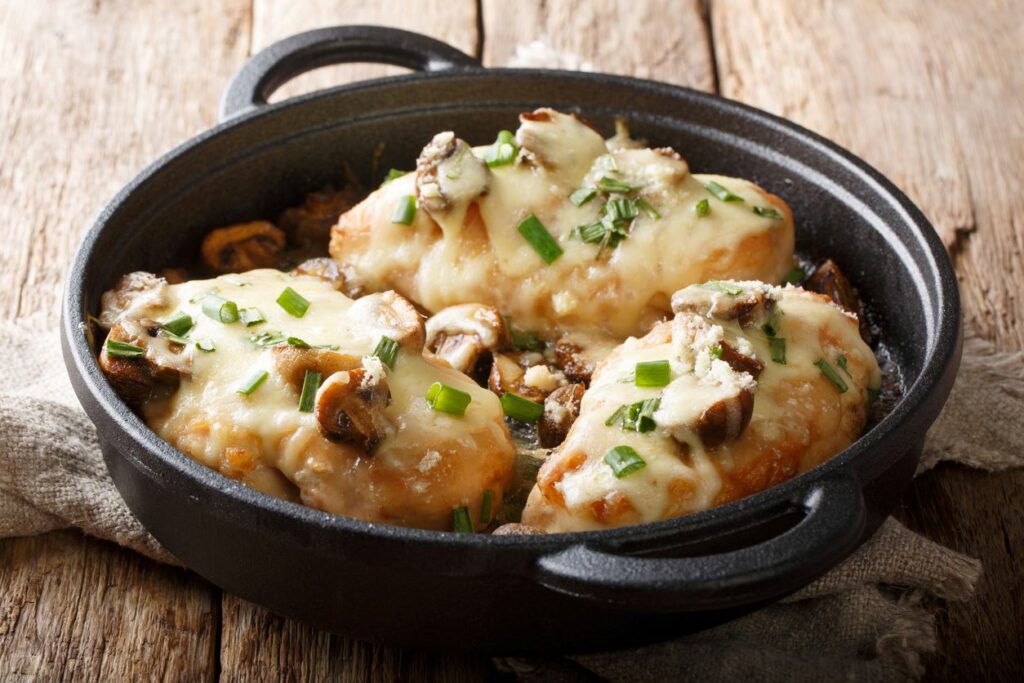
When it comes to choosing Marsala wine for chicken Marsala, opt for a dry variety to balance out the sweetness of the sauce. Additionally, don’t skimp on the quality of your ingredients – fresh mushrooms and homemade chicken stock will elevate your dish from good to gourmet. Finally, allow the sauce to simmer gently until it thickens slightly, ensuring each bite is packed with flavor. With these tips in mind, you’re ready to create a restaurant-worthy chicken marsala that will impress even the most discerning food critics.

